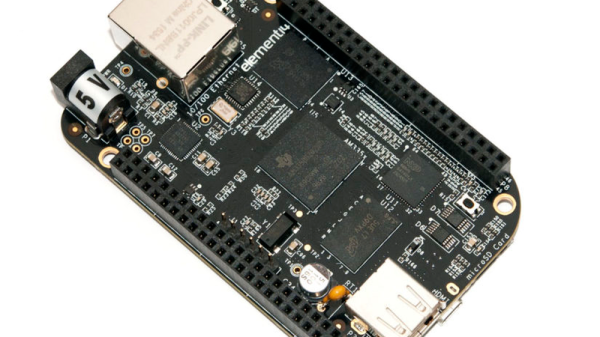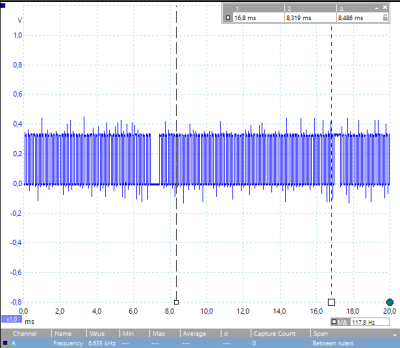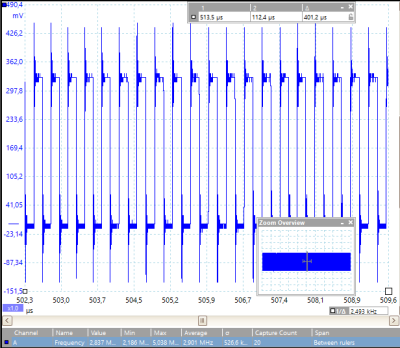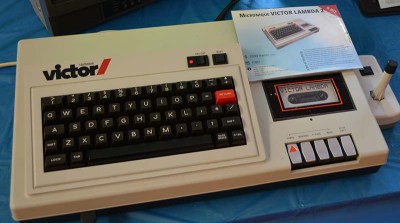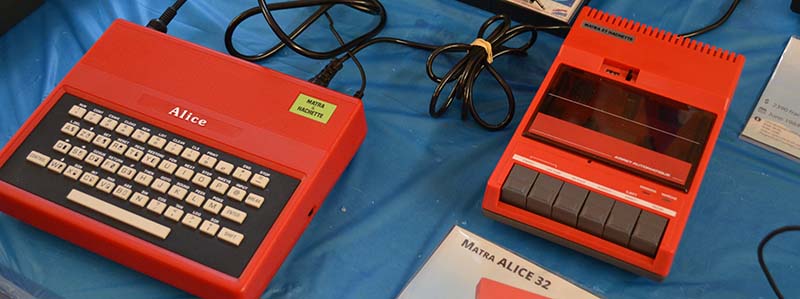Disclosed herein is a device for gauging medication dosage. The method may include displaying first, second and third navigation controls. A switch is connected in parallel to the relay contacts and is configured for providing a portion of the input power as supplemental load power to the output as a function of back EMF energy.
We’ve had patents on the mind lately, and have been reading a fair few of them. If you read patent language long enough, though, it all starts to turn into word-salad. But with his All Prior Art and All the Claims websites, [Alexander Reben] tosses this salad for real. He’s got computers parsing existing patents and randomly reassembling them.
Rather than hoping that his algorithm comes up with the next great idea, [Alexander] is hoping to nip the truly trivial ones in the bud. Because prior art — the sum of all pre-existing ideas — is enough to disqualify a patent, if an idea is so trivial that his algorithm could have come up with it, it’s sooner or later going to be off the table.
Most of the results are insane, of course. And it seems to be producing a patent at a rate of about one per 10-15 seconds, so we’re guessing that it’ll take quite a few years for these cyber-monkeys to come up with the works of Shakespeare. But with bogus and over-broad patents filtering through the system every day, it’s not implausible that some day it’ll prove useful.
[Via New Scientist, thanks Frank!]



